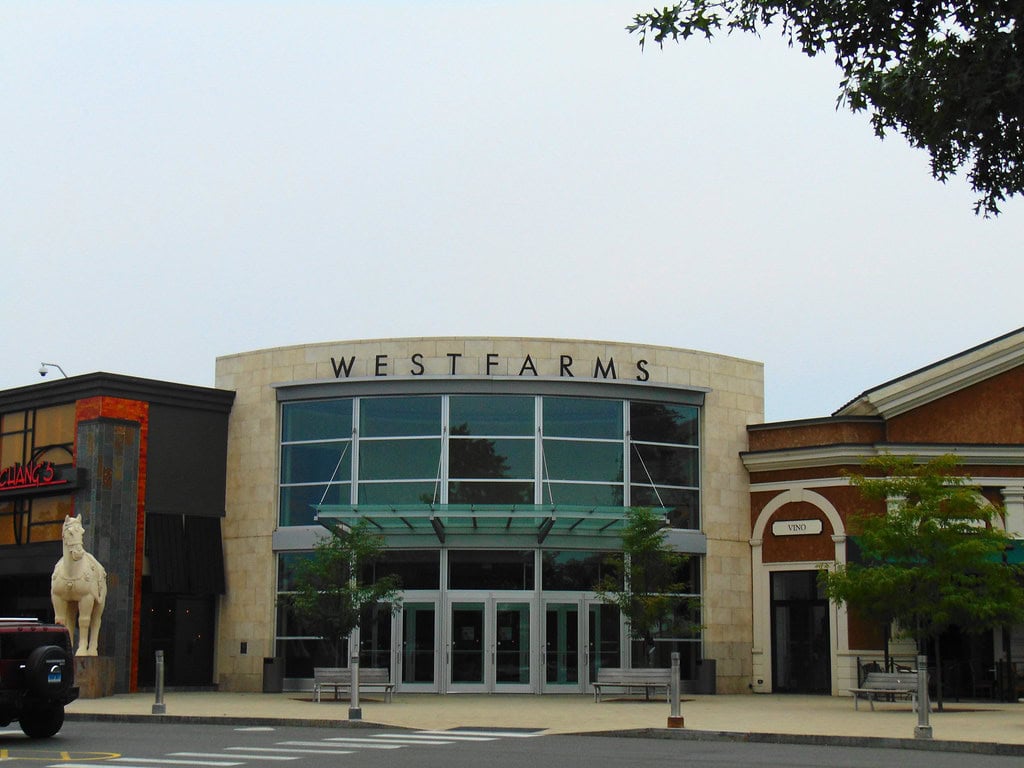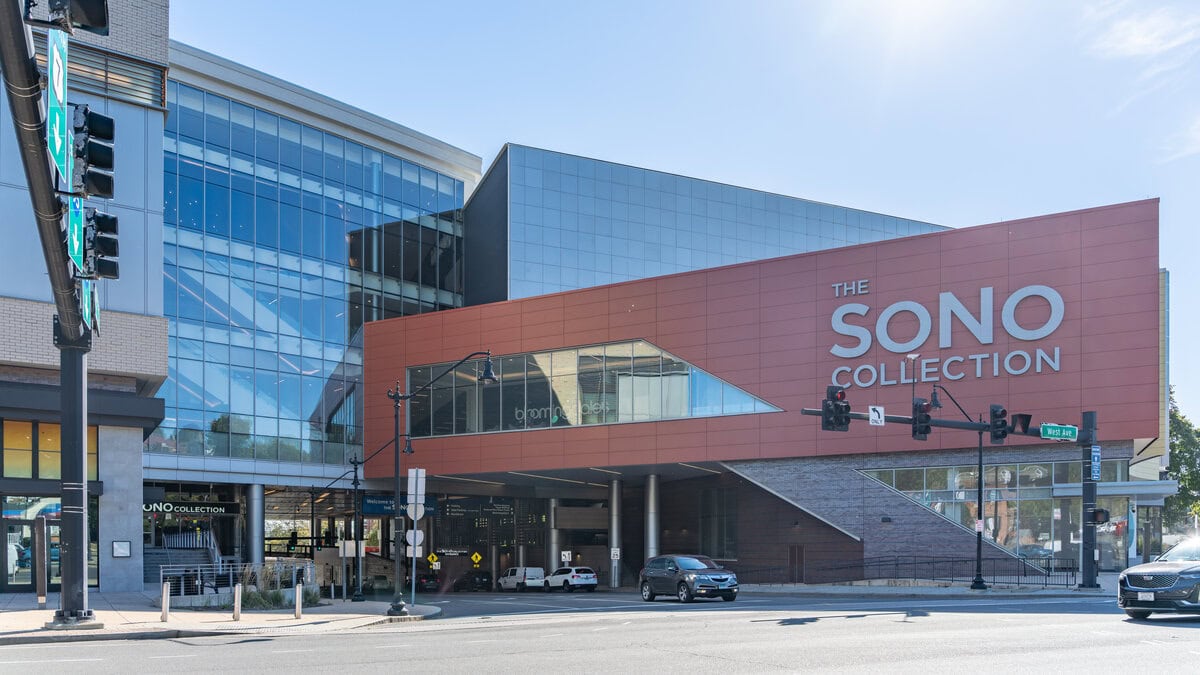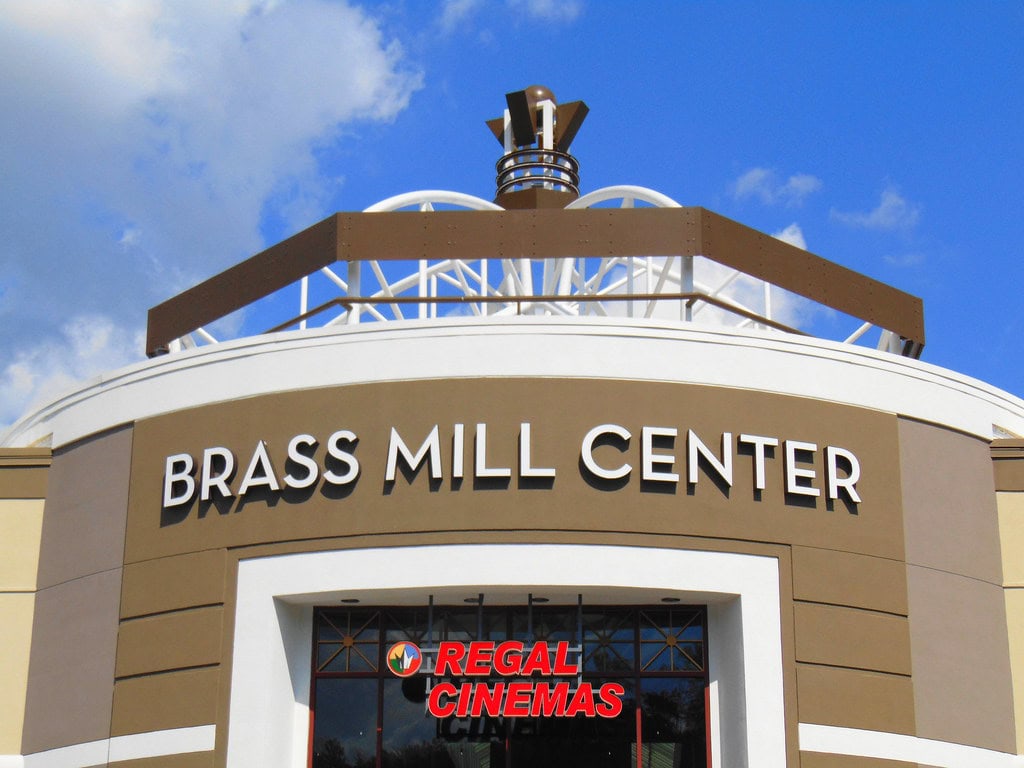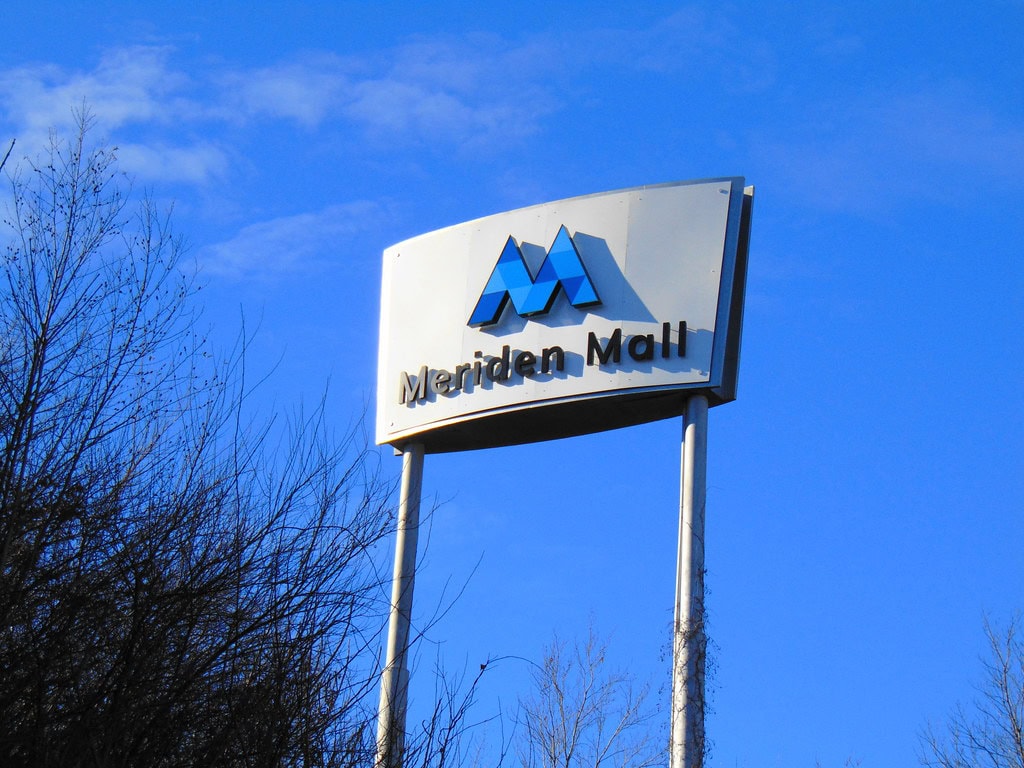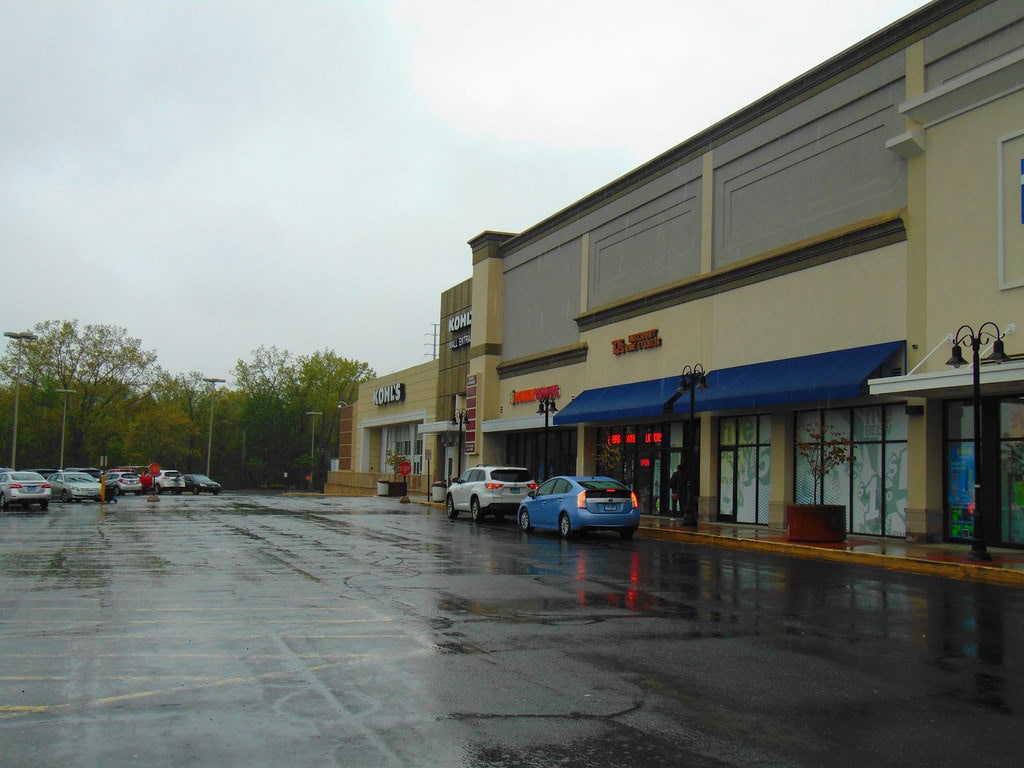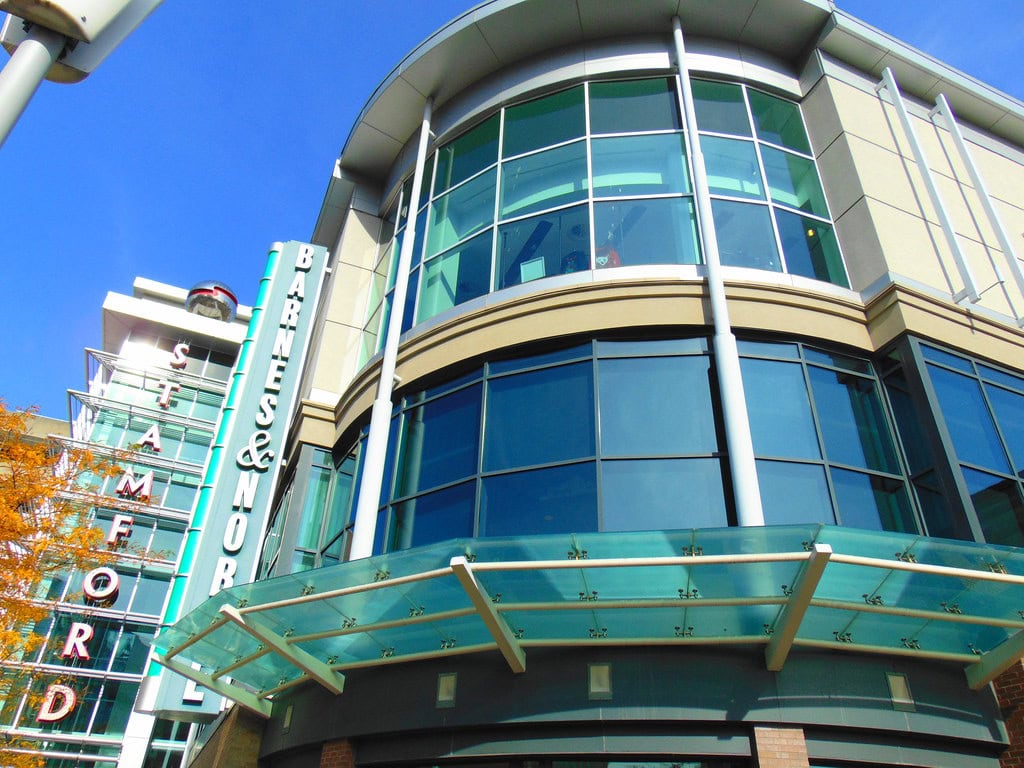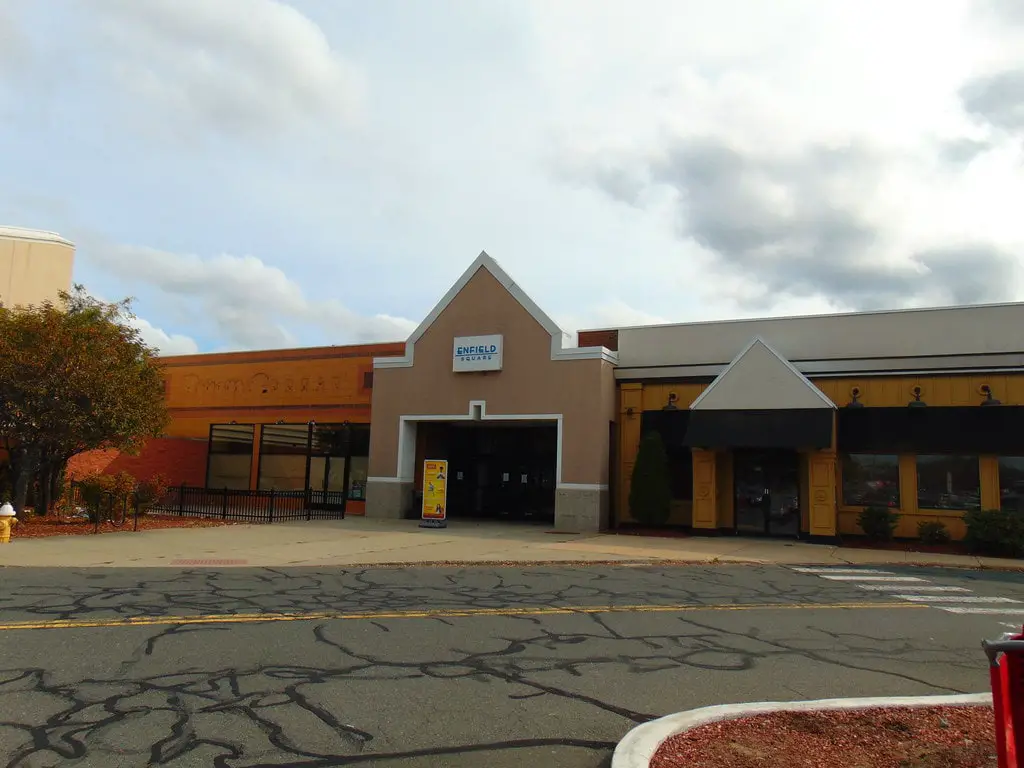Breaking Ground: The Development of The Shoppes at Buckland Hills
In the early 1970s, the idea of a major shopping mall in Manchester, Connecticut, was still just a concept.
But by 1972, John Finguerra and his business partner, Richard Ripps, had started laying the groundwork.
Finguerra, who worked for JCPenney at the time, had a strong grasp of retail trends and saw the potential for a regional mall in the area.
JCPenney already had a massive 2,000,000-square-foot warehouse nearby, supporting its catalog business, which made Manchester a logical choice for expansion.
The location wasn't picked at random. The site, sitting high above the surrounding landscape, provided a clear view of the valley below and was close to major highways - I-84 and I-291.
This made it ideal for attracting shoppers from Hartford and surrounding areas.
Retail expansion was already happening across the country, and Finguerra believed Manchester could support a high-traffic mall with national retailers.
By the late 1980s, developers moved forward with construction, transforming what had been the Red Rock golf course into what would become one of Connecticut's largest retail centers.
The mall officially opened on March 14, 1990, under the name "The Pavilions at Buckland."
It launched with multiple anchor stores, including G.Fox, Sage-Allen, and Steiger's.
The retail mix brought in department stores, specialty shops, and dining options, immediately making it a major shopping destination.
The mall's success encouraged further investment in the area, shaping Buckland Hills into a retail powerhouse.
For those looking for things to do in Manchester, Connecticut, the mall quickly became a go-to destination.
Boom Years and Rebranding: The Shoppes at Buckland Hills Expands
The 1990s brought steady growth to The Pavilions at Buckland. As national retailers poured into the mall, foot traffic soared, and businesses in the surrounding area multiplied.
The development of Buckland Plaza and The Plaza at Buckland Hills - housing big-box retailers like Best Buy, Toys "R" Us, and Circuit City - helped turn Manchester into one of Connecticut's busiest shopping districts.
New stores and renovations followed. JCPenney, which opened in 1992, quickly became a major draw.
Filene's took over G. Fox in 1993, reinforcing the mall's status as a top-tier shopping destination.
Specialty brands such as Aeropostale, Charlotte Russe, and Express arrived, keeping up with changing fashion trends.
The food court, always a magnet for visitors, expanded to offer more fast-casual dining options.
Retailers saw strong sales, and new businesses flocked to the area, hoping to cash in on the mall's success.
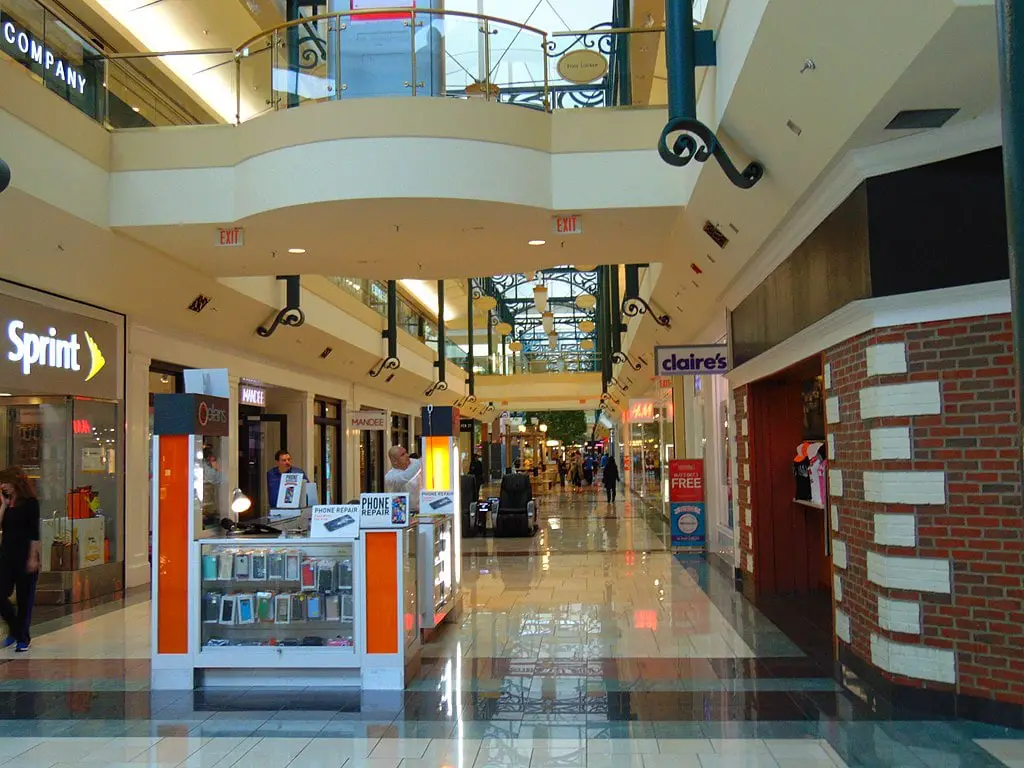
By the early 2000s, consumer expectations were shifting. To stay competitive, the mall underwent a multimillion-dollar renovation, completed in October 2003.
The updates included modernized interiors, improved lighting, and refreshed storefronts.
The mall was also rebranded, first as "Buckland Hills Mall" and later as "The Shoppes at Buckland Hills."
The new name aimed to give the space a more upscale image, though the tenant mix still included a mix of mid-tier and high-end retailers.
As the retail landscape evolved, so did the mall's anchor stores. Lord & Taylor moved into the former Steiger's location before Macy's later absorbed it.
Filene's rebranded as Macy's in 2006 following a merger. That same year, Newbury Comics opened its first Connecticut location inside the mall, bringing in shoppers looking for music, collectibles, and pop culture merchandise.
For years, The Shoppes at Buckland Hills thrived, but changes in shopping habits were already starting to reshape the industry.
Retail Shifts and Financial Struggles: The Decline Begins
The late 2000s and early 2010s marked a turning point for malls across the country.
Online shopping was gaining ground, and big-box stores were struggling to compete.
The Shoppes at Buckland Hills felt the pressure. While it continued to attract visitors, the rise of e-commerce and changing consumer habits started to impact sales.
By 2018, vacancies had become more noticeable. Sears, once a major anchor, was struggling nationwide. In 2020, the store finally closed, leaving a large space that had yet to be repurposed.
Dick's Sporting Goods, another longtime tenant, relocated to a nearby shopping plaza in April 2021, further reducing foot traffic.
Rumors swirled about potential new tenants, but nothing materialized immediately.
Financial troubles mounted. In June 2021, it was revealed that the mall's ownership had defaulted on a $130 million mortgage.
Foreclosure proceedings began, and by early 2022, Spinoso Real Estate Group stepped in to manage operations.
In late 2022, Bob's Stores and Eastern Mountain Sports moved into the former Dick's Sporting Goods space, offering a brief resurgence.
But that momentum didn't last - Bob's announced in July 2024 that all its locations, including the one in Buckland Hills, would close.
This sudden closure derailed plans for further expansion, leaving yet another gap in the mall's lineup.
The Shoppes at Buckland Hills was still standing, but the challenges were mounting.
Uncertain Future: The Sale of The Shoppes at Buckland Hills in 2025
After years of declining revenue, the property was put up for auction on September 18, 2024.
Potential buyers included real estate investment firms and developers looking to either revive the mall or repurpose it entirely.
As of early 2025, The Shoppes at Buckland Hills had an estimated 79% occupancy rate.
Namdar Realty Group, known for acquiring struggling malls, placed a $25.8 million bid for the property - far below its 2021 appraised value of $95 million and the October 2024 estimate of $42 million.
The sale price reflected the mall's declining value, especially compared to its peak years.
The purchase, however, was not finalized immediately. By January 2025, the deal was still awaiting court approval.
If approved, Namdar would take control alongside CH Capital Group and Mason Asset Management, two firms that frequently collaborate on retail acquisitions.
Given Namdar's history with Connecticut malls - including Crystal Mall, Meriden Mall, and Enfield Square, all of which have struggled - many locals and industry watchers questioned whether Buckland Hills would see improvements or continue its decline.
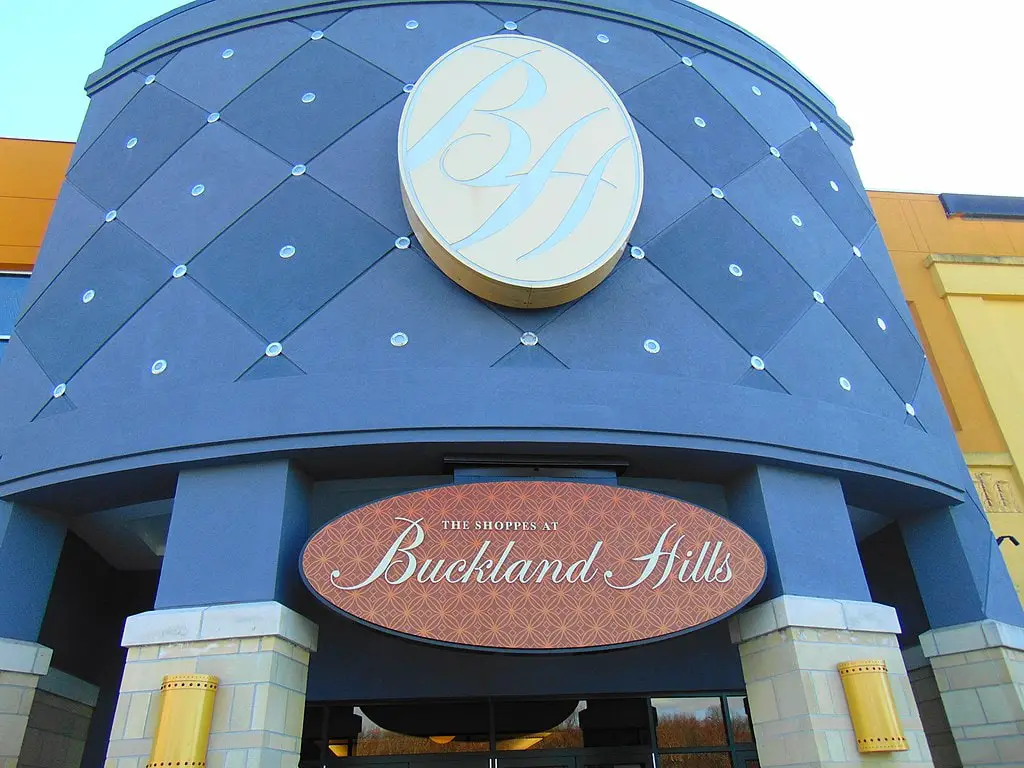
Despite ownership issues, the mall remains one of Connecticut's most visited shopping centers, with JCPenney, Macy's, and Barnes & Noble still operating.
The food court remains mostly full, with only one visibly closed restaurant.
Another uncertainty emerged in February 2025, when Macy's listed both of its Buckland Hills stores for sale.
Although the stores remain open, the decision fuels speculation about further changes in the mall's anchor lineup.
If Macy's were to downsize or leave entirely, it would create yet another challenge for the mall's future tenant mix.
Local officials voiced concerns about how new ownership would handle the property.
The town had limited power to influence Namdar's management decisions but planned to enforce local property standards to prevent the mall from deteriorating further.
As it stood, The Shoppes at Buckland Hills remains profitable.
Still, its long-term survival depends on whether Namdar and its partners have a real plan or are holding onto the property as a long-term investment.


